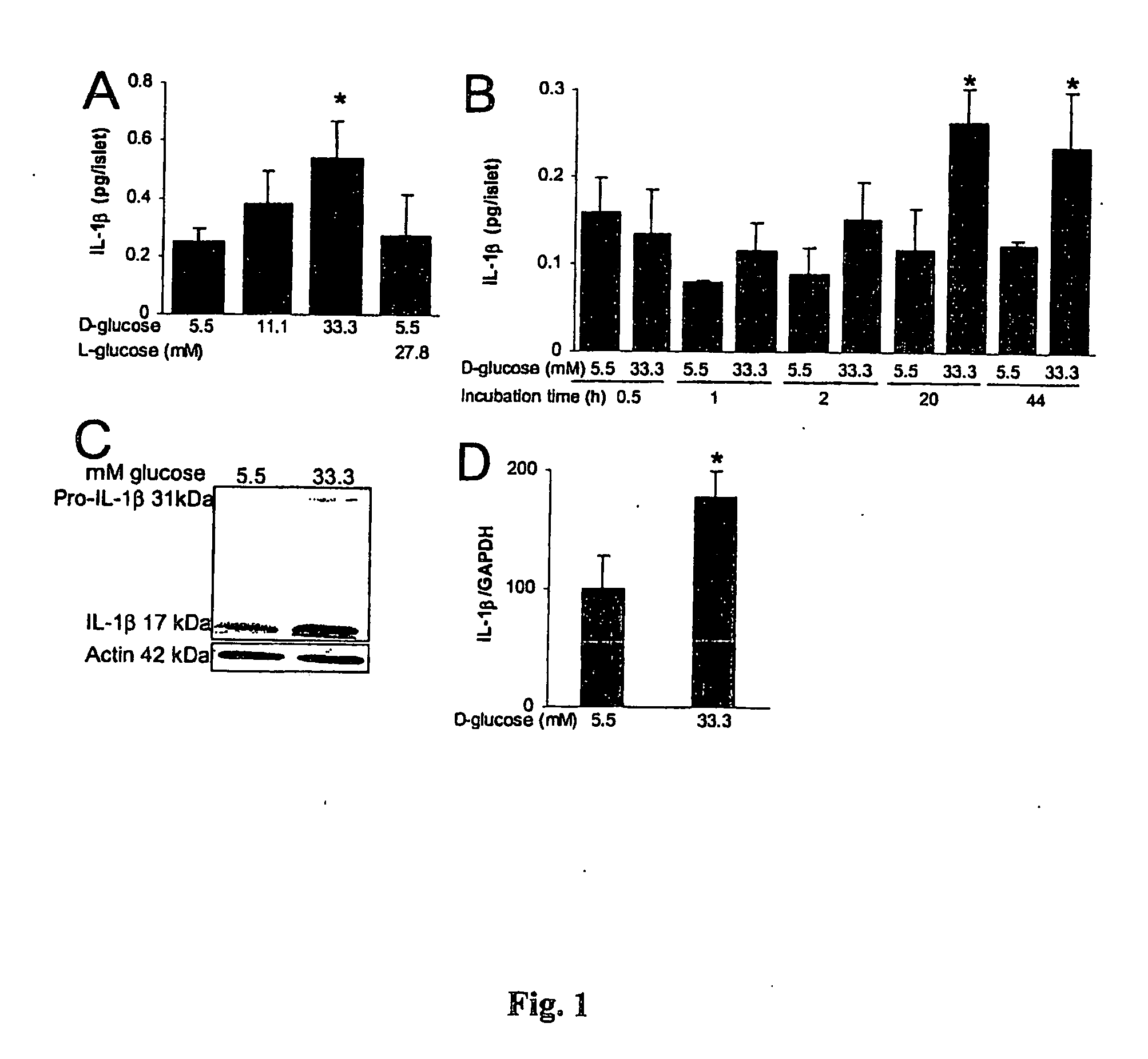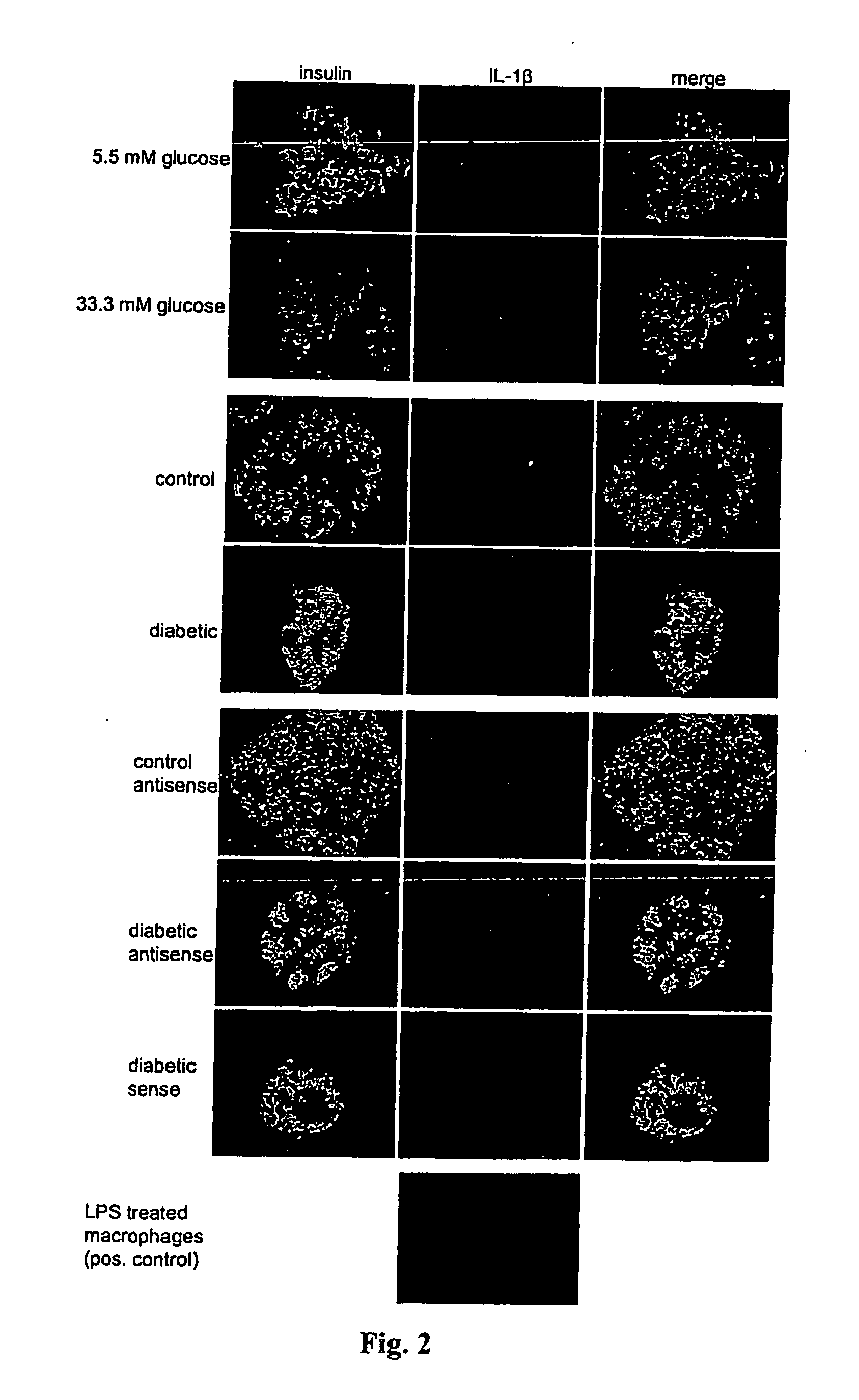Fuel reforming device
a fuel reforming and fuel technology, applied in the direction of hydrogen separation using solid contact, drug composition, metabolic disorder, etc., can solve the problem of impaired insulin secretion
- Summary
- Abstract
- Description
- Claims
- Application Information
AI Technical Summary
Benefits of technology
Problems solved by technology
Method used
Image
Examples
examples
Methods
[0059] Islet isolation and culture. Islets were isolated from pancreases of eleven organ donors at the Department of Surgery, University of Geneva Medical Center, as described (32-34). The islet purity was >95%, as judged by dithizone staining (if this degree of purity was not primarily achieved by routine isolation, islets were handpicked). The donors, aged 40-70 years, were heart-beating cadaver organ donors, and none had a previous history of diabetes or metabolic disorders. For long-term in vitro studies, the islets were cultured on extracellular matrix-coated plates derived from bovine corneal endothelial cells (Novamed Ltd., Jerusalem, Israel), allowing the cells to attach to the dishes and spread, preserving their functional integrity (7;35). Islets were cultured in CMRL 1066 medium containing 100 U / ml penicillin, 100 μg / ml streptomycin and 10% fetal calf serum (Gibco, Gaithersburg, Md.), hereinafter referred to as culture medium. Two days after plating, when most is...
PUM
| Property | Measurement | Unit |
|---|---|---|
| molecular weight | aaaaa | aaaaa |
| pH | aaaaa | aaaaa |
| temperature | aaaaa | aaaaa |
Abstract
Description
Claims
Application Information
 Login to View More
Login to View More - R&D
- Intellectual Property
- Life Sciences
- Materials
- Tech Scout
- Unparalleled Data Quality
- Higher Quality Content
- 60% Fewer Hallucinations
Browse by: Latest US Patents, China's latest patents, Technical Efficacy Thesaurus, Application Domain, Technology Topic, Popular Technical Reports.
© 2025 PatSnap. All rights reserved.Legal|Privacy policy|Modern Slavery Act Transparency Statement|Sitemap|About US| Contact US: help@patsnap.com



